https://www.yogajournal.com/lifestyle/healing-with-food
Healing Foods: How to Treat Colds with Ayurveda
More than 5,000 years ago, the great seers of ancient India studied the fundamentals of life and organized them into a healing system called Ayurveda. This system—which in Sanskrit means “science of life"—is essentially an operating manual for the body, mind, and spirit, says Cynthia Copple, an Ayurvedic practitioner and president of Lotus Herbs and the Lotus Ayurvedic Center in Capitola, California. This operating manual shows how the body, mind, and spirit are interconnected by providing a map of their characteristics. According to the Ayurvedic system, people are born with a particular constitution (or prakruti) that defines their baseline of health. An individual’s constitution is made up of a delicate balance of three vital energies, or doshas, known as vata (air), pitta (fire), and kapha(water). These doshas govern all the psychological, physiological, and patho-physiological functions of mind and body and are the basis for diagnosing illness.
“The three doshas are really three processes," explains Copple. “Vata is the process of movement, and its catabolic energy breaks down matter. Pitta is a process of metabolism that creates heat and energy in much the same way that fire breaks down a log. Kapha is dense, heavy matter that stores energy, like the fat and padding in our bodies."
Why is the Ayurvedic Diet Healing?
Foods are also classified as vata, pitta, and kappa, and they either decrease or aggravate a person’s doshas. The aggravation of the doshas goes along with ill health, as either cause or result. The healing properties of an Ayurvedic diet can be summarized in three basic principles:
1. Food should have a neutralizing effect on the doshas and not aggravate them.
2. Food affects the body differently depending on when it is eaten.
3. How you eat food is just as important as what you eat.
See also Doshas Decoded: Learn About Your Unique Mind & Body Type
“If you are late for work, driving in traffic, worrying about getting back on time while you are eating a sandwich, your body is not going to respond the same way to the food as if you were sitting in the backyard looking at the flowers while you were eating," says Copple.
Eating foods that complement your constitution helps to maintain the body’s balance. An illness, whether a common cold or a serious disease, indicates that the doshas are out of balance, a condition that is exacerbated by eating foods that clash with your dosha.
According to Ayurveda, you are ingesting more than just food when you eat. Judith H. Morrison, author of The Book of Ayurveda: A Holistic Approach to Health and Longevity, explains it this way: “As you eat, you take into yourself the subtle influences attached to the food and prana as well as the physical form of the food. Even the stages of production to which food is subjected affect its qualities. Food is part of the dynamic dance of life, and its qualities, both obvious and subtle, affect your well-being."
The basic Ayurvedic diet consists of whole, fresh foods in season, with vegetables forming between 20 and 40 percent of the diet. Usually only a quarter of the foods are eaten raw; the rest are cooked. An ideal Ayurvedic diet is different for each person, based on the individual’s own blend of vata, pitta, and kapha. The process of constructing a personalized diet is best done under the guidance of a qualified Ayurvedic physician.
“But Ayurveda is not intellectual," stresses Copple. “It is a practice that uses your intuition, the creative aspect of your mind, your own body knowledge. The bottom line in Ayurveda is relying on what your body tells you, not what a theory or a book or a practitioner tells you. Ayurveda is just a framework for understanding your own body."
When a person is cold and has congestion in the chest, that congestion is kapha, explains Copple. In order to reduce the kapha, pitta needs to be increased. Pitta is heat, so eating hot foods, like ginger, will reduce the congestion. Continuing to eat kapha foods, like ice cream, will increase the congestion.
Amadea Morningstar, a nutritionist who teaches polarity nutrition at the New Mexico Academy of Healing Arts in Santa Fe, New Mexico, considers the Ayurveda diet a constant source of inspiration. She recommends the following Ayurvedic recipes for cold symptoms.
See also Know Your Stress Type + How to Balance It
3 Healing Ayurvedic Recipes
1. Tea for Colds
1 tablespoon grated fresh ginger root
1 tablespoon dried hibiscus flowers (from a health food or herb store)
1 to 2 sticks of cinnamon
Put ginger, hibiscus flowers, and cinnamon sticks in 3 cups of boiling water. Simmer for several minutes, then turn off heat and cover. Sweeten with fresh orange juice or honey.
2. Sore Throat Gargle
This very traditional remedy is less palatable and more antiseptic than the tea, but it strengthens throat tissue.
1 teaspoon of turmeric powder
Dissolve turmeric in hot water. Gargle with it, then swallow.
3. Kitchari
Cynthia Copple says kitchari is the best food for those recovering from illness, as it is very healing and easy to digest.
1 tablespoon ghee
6 ounces basmati rice
3 teaspoons cumin
3 teaspoons coriander
3 teaspoons fennel seeds
1/2 teaspoon turmeric
3 ounces split yellow mung beans (dal)
vegetables appropriate to your doshas
Wash rice and beans together under cold water. Melt ghee in a pan, then add fennel seeds. Cook for one minute. Add cumin, coriander, and turmeric, and the rice and beans. Stir so the mixture is coated with ghee. Then cover the mixture with hot water by about two inches. Bring to a boil, then lower the heat and simmer, stirring occasionally. Add more water as needed—you don’t want the pan to dry out.
Add diced vegetables, starting with root vegetables. Leafy vegetables, like spinach, should be added toward the end of cooking time. The dish is cooked when most of the water has evaporated and the grains are soft and slightly mushy.
See also The Ultimate Guide to Energy Healing
















































































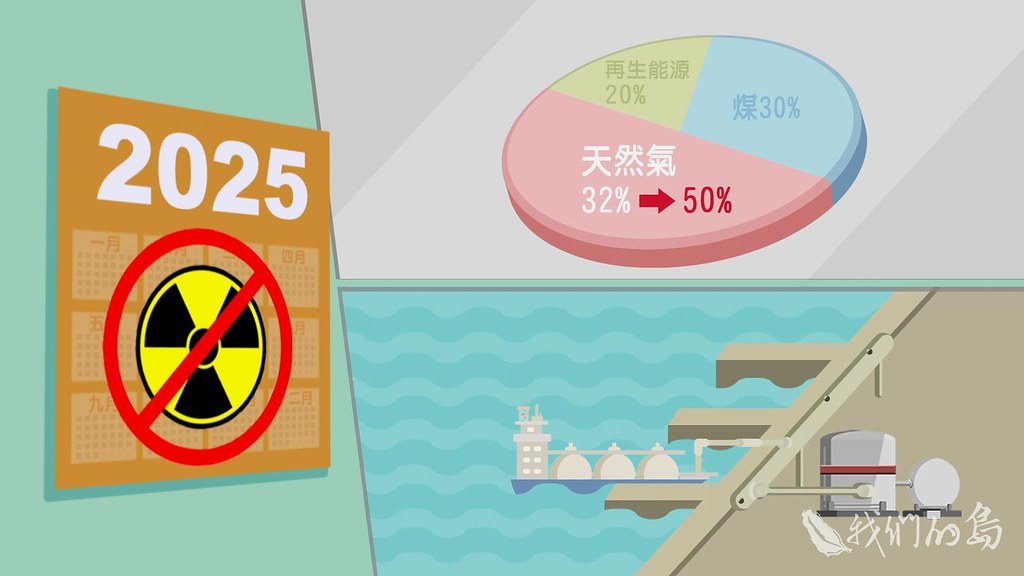
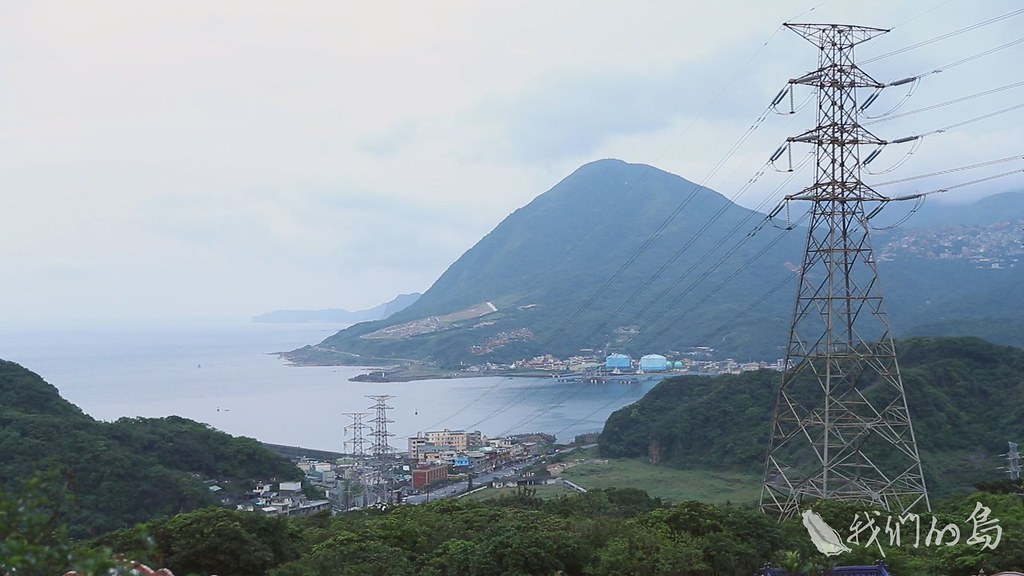
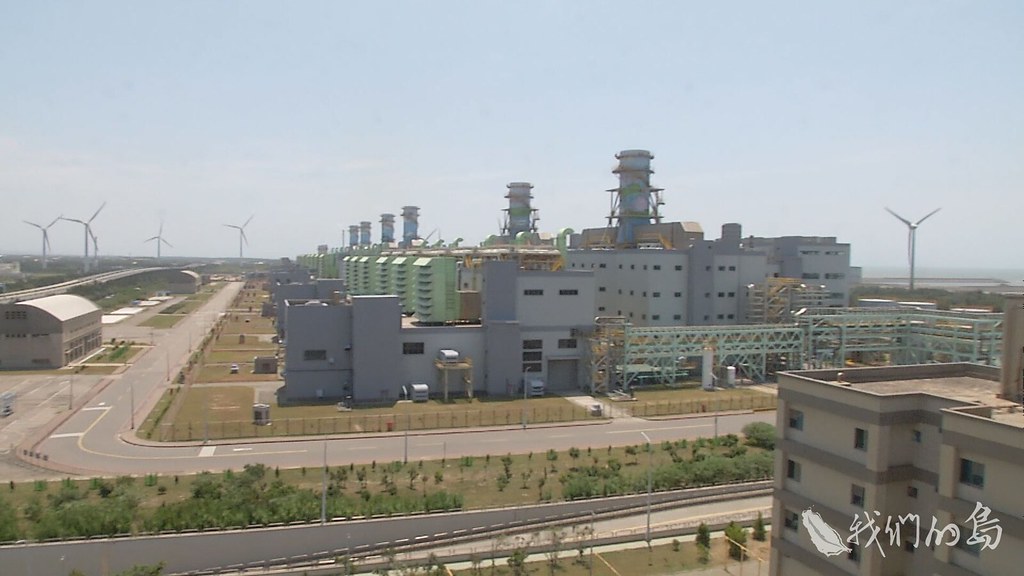







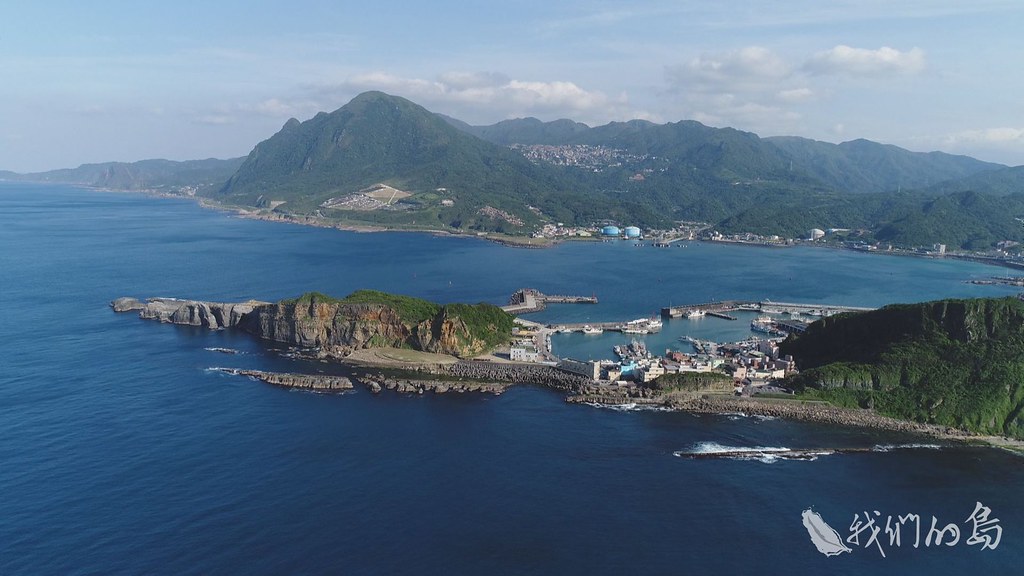

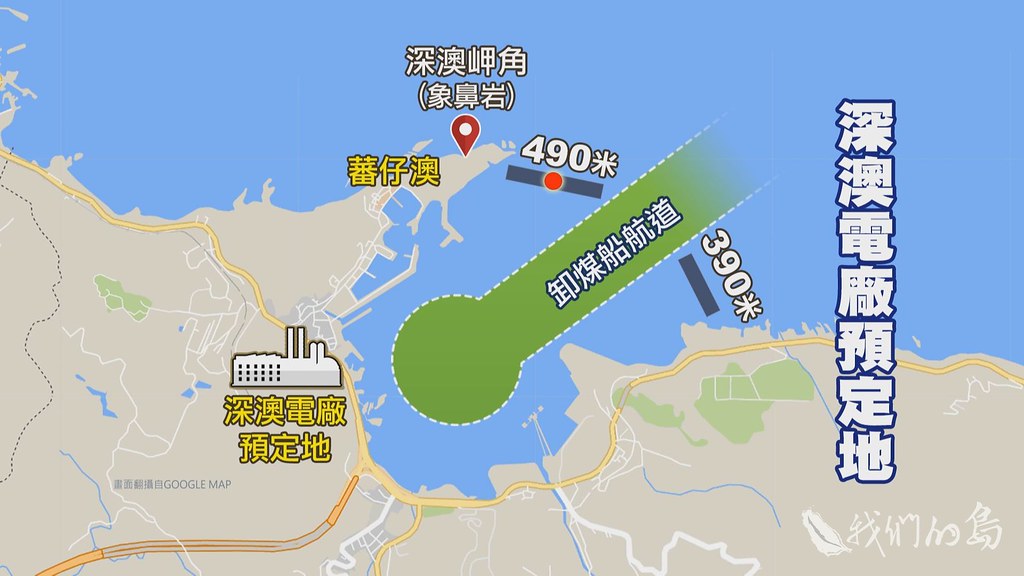









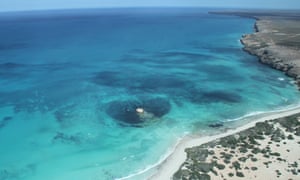
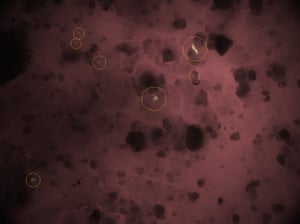

















【容大千量】